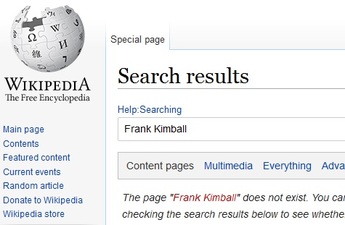
From time to time, I have been asked by various people to write a little sketch of the early day events of National City, and of the Kimball Family.
It was my privilege to have been acquainted with Frank, Warren, George and Charles Kimball, and their families.
My wife who was Marguerite Grace O'Connell, came to National City with her parents Mr. & Mrs. J.D. O'Connell, in May of 1886.
They resided at the north east corner of 18th st. and "J" Avenue, or about three blocks from the George Kimball place.
"Gracie", as she was called by the George Kimball family was a favorite of theirs.
From October 1905 to the middle of 1908, the Mizony family and the Augustus B. Kimball family lived in adjoining houses on "K" Avenue, between 16th, and 17th streets National City, and about a block and a half from the George Kimball place.
Mrs. Lucy Kimball, her sons, and daughter told us a great deal of the early day history of National City.
In selecting the items from the Frank Kimball diaries, I tried to select such entries that I thought would appeal to the readers as a whole.
I have tried to give an insight to the business, farming, social, religious and cultural life of the community of those early days.
The events as described would also apply to the other early day pioneers of National City.
It will be noted that in a number of instances the old style of spelling was used. "Y" for an "I", viz: "Jym" for "Jim", "P" for an "S". Viz: "Mop" for "Moss". I have been given to understand that the German style of "S" was also used by a good many people who came from the far east. Also the long and short form of spelling as was the custom of a number of people of that day.
It was difficult for the farmer from the east to adjust himself to the methods used, in trying to dry farm or the irrigation way, as was being done in the southwest. He had to learn the hard way by experience.
If tools and implements could not be bought on the coast, the rancher improved his own.
The Kimball Brother's chief interest in selling the land on the National Ranch was, that the people who bought would improve the same.
With that thought in mind they were lenient with those who made an honest effort, as will be noted in several items of the narrative.
No attempt will be made here to tell of what is known as the "Railroad Story". Several articles have already been written on this subject, also there are writers who are now going into the story in more detail.
The notations of the locations of the properties mentioned, I tried to verify from the following sources.
Records in the office of the County Recorder. Lot Book records of the Union Title Insurance & Trust Company. Also from a map compiled by Fred Copeland, City Engineer of National City in 1905.
April 16 1956
Paul T. Mizony
614 Highland Avenue,
National City, Calif.
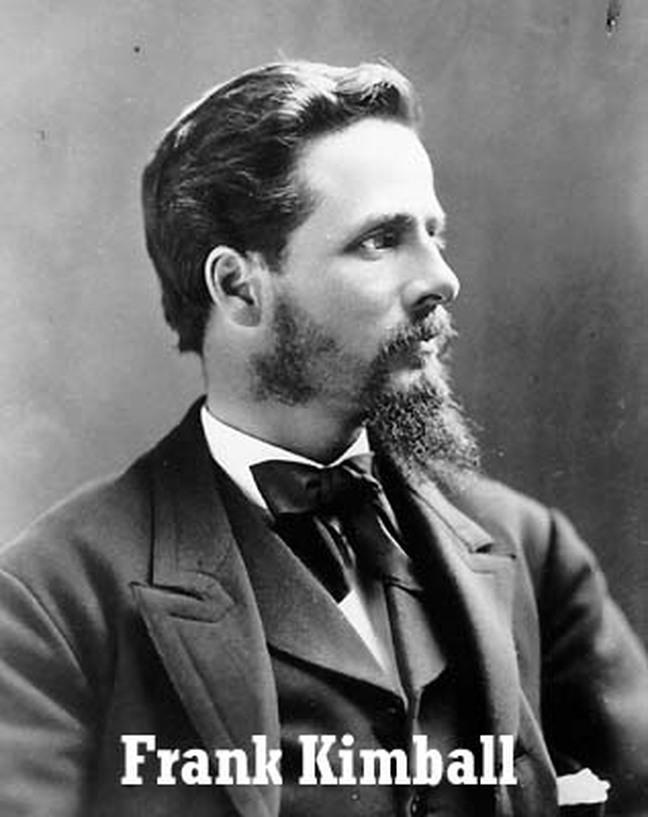
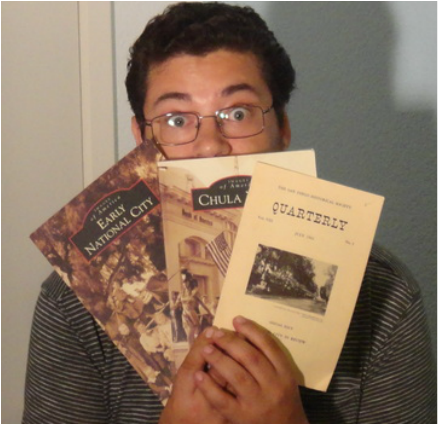
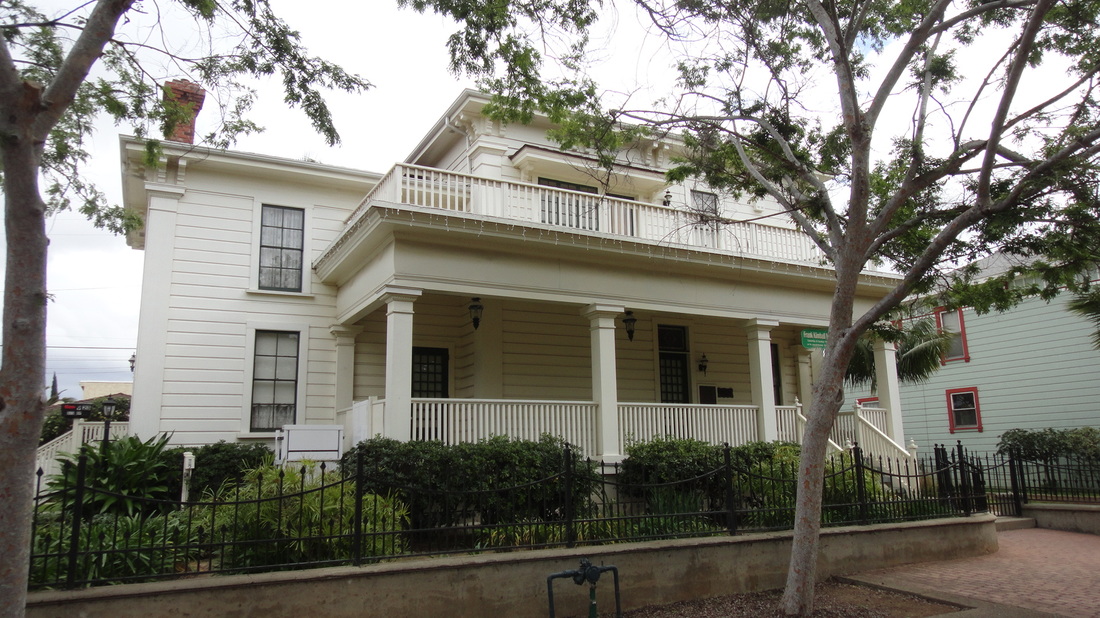
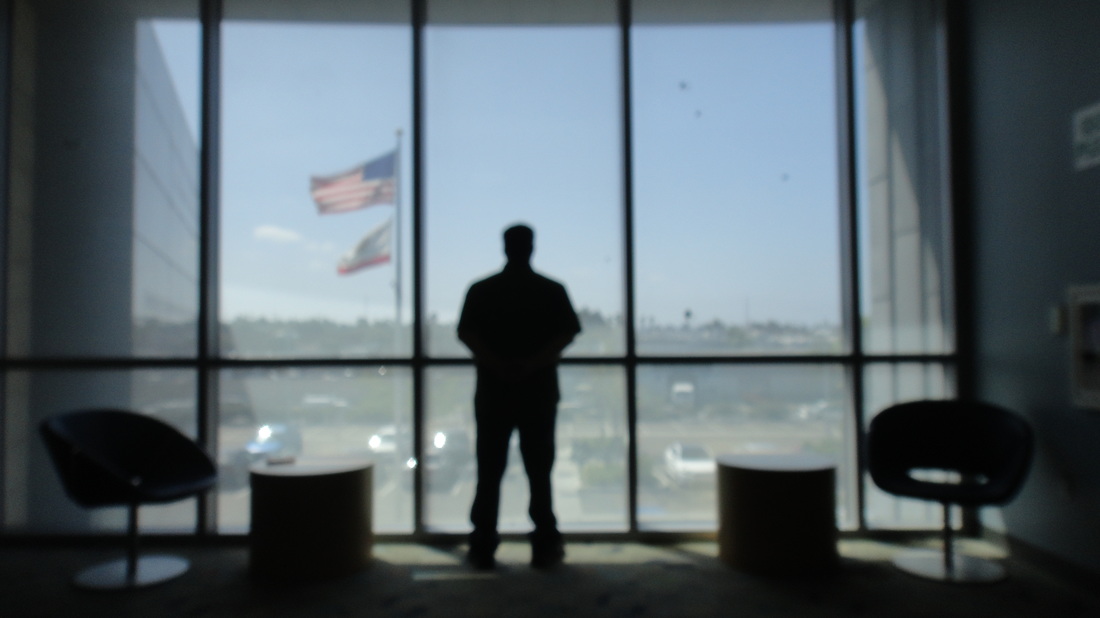
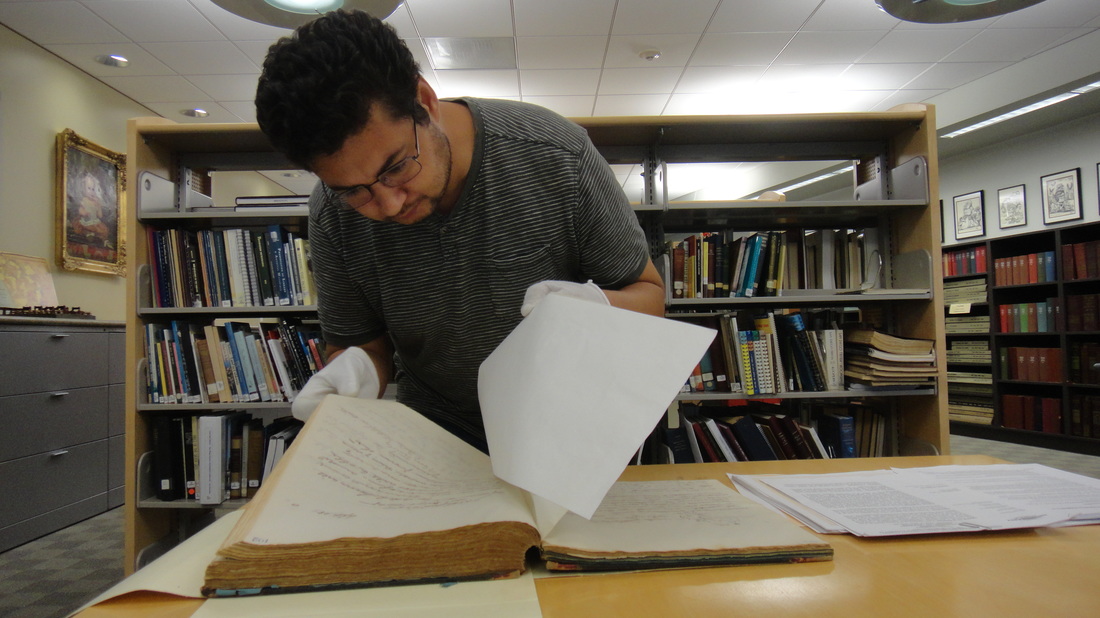
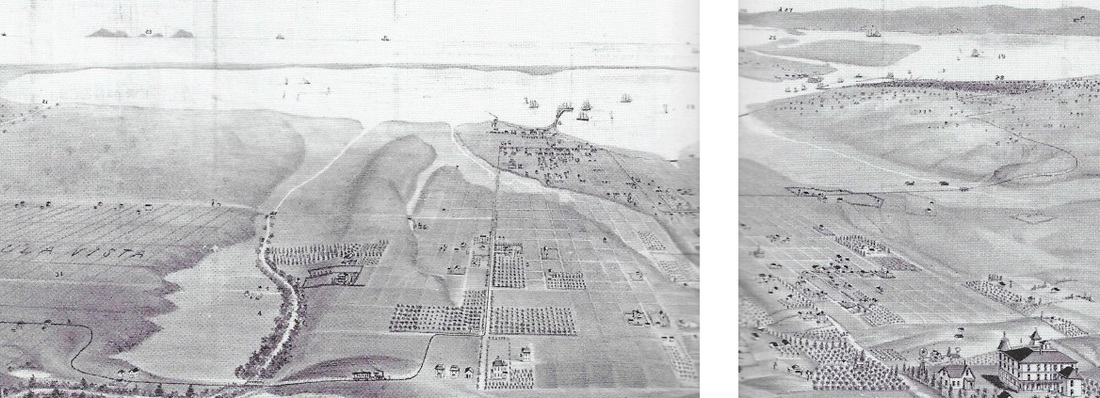
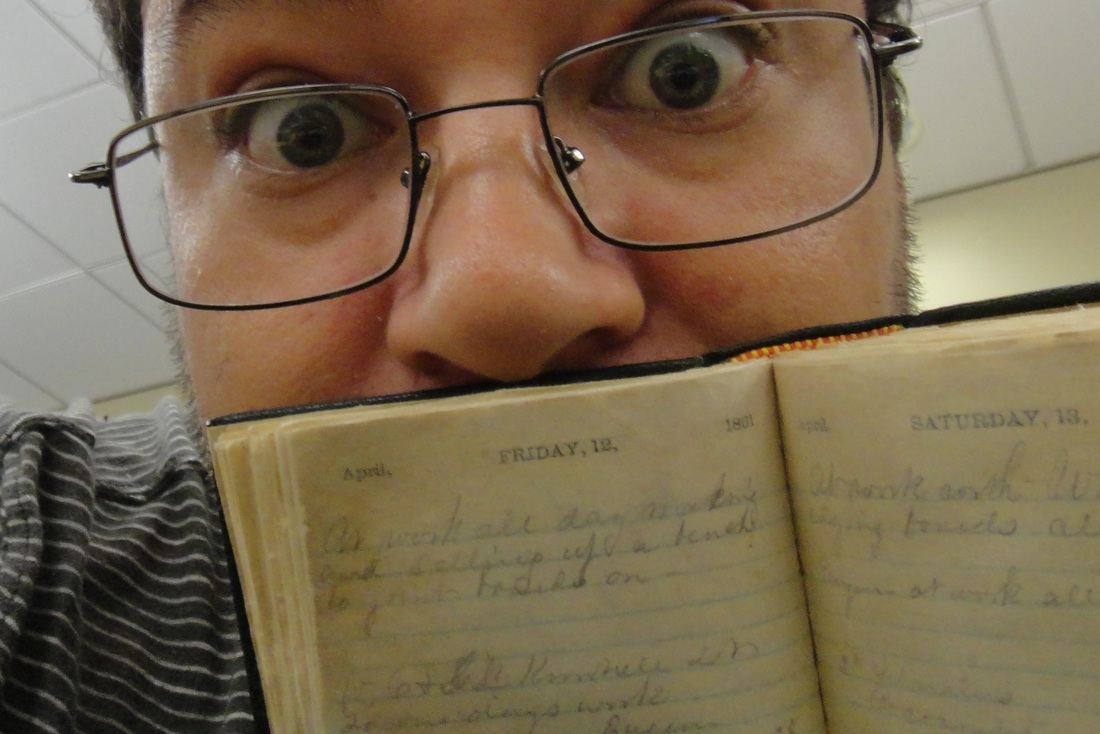
 RSS Feed
RSS Feed